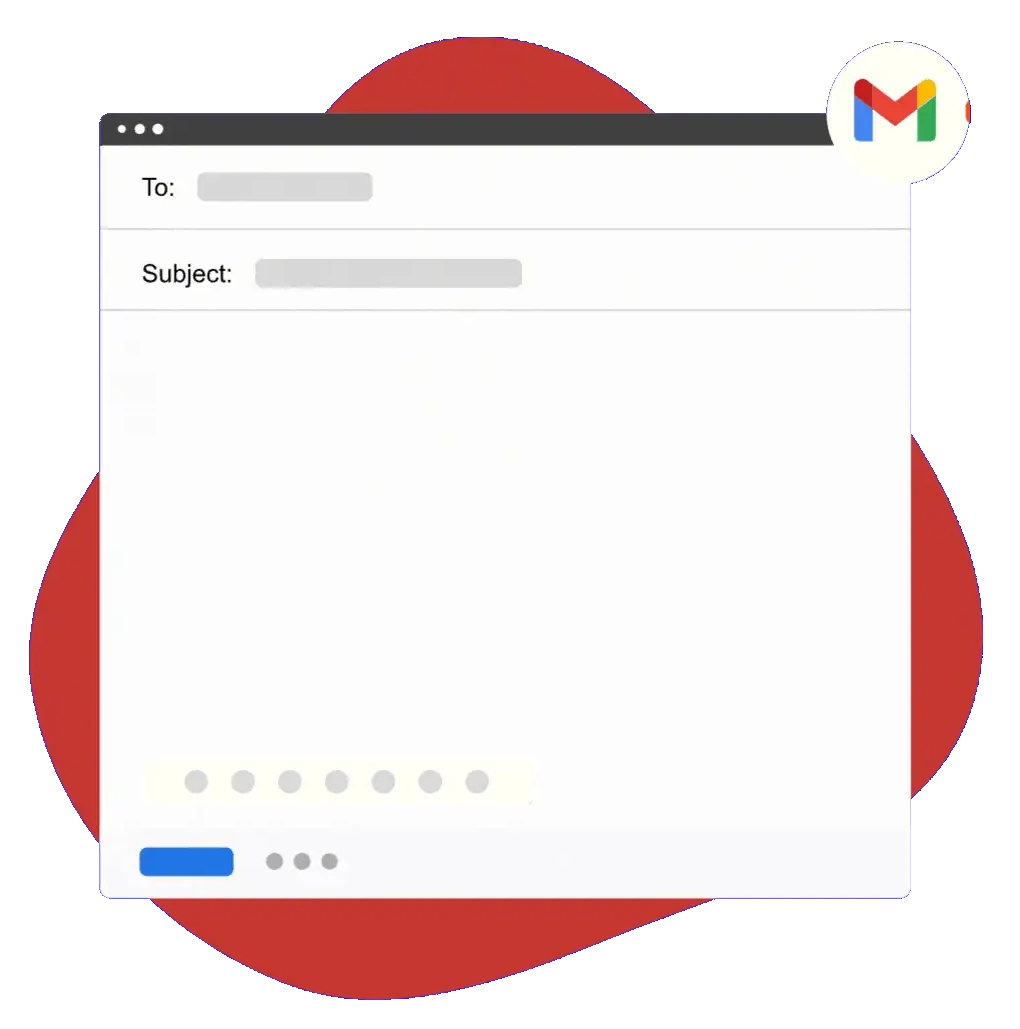4 Product Management Templates Google and Facebook PMs Swear By
As a Product Manager, structured and detailed written communications is a requirement for success. It's essential to ensure all information is collected and communicated clearly and to keep a paper trail for future reference.
Writing great documents and capturing clear notes doesn't guarantee success, but it can definitely help you stand out and improve your reputation.
Below are 4 Product Management templates created by a Facebook and Google Product Manager that other FAANG (Facebook, Apple, Amazon, Netflix and Google) Product Managers swear by.
1. Product Requirement Document (PRD)
A PRD is a way to communicate to the broader team and align with them on what needs to be built. It captures the goal, the problem being addressed, what success looks like and what the product should do. The PRD structure can change, but starting with a comprehensive template and adjusting it to your need will help you ensure you cover your bases.
{formtext: name=PRD title; cols=50}
- Description: What is it?
- Problem: What problem is this solving?
- Why: How do we know this is a real problem and worth solving?
- Success: How do we know if we’ve solved this problem?
- Audience: Who are we building for?
- What: Roughly, what does this look like in the product?
- How: What is the experiment plan?
- When: When does it ship and what are the milestones?
2. Team meeting summary
Meeting notes are important for two main reasons:
- Capturing Action Items (AIs) - capturing AIs with clear owners and delivery dates ensures accountability and that progress is made.
- Capturing key discussion points - this helps others, who couldn't attend, quickly catch up on what was discussed. Also, it allows anyone to go back and understand why some decisions were made.
{time: dddd}, {time: MM-DD-YY} - {formtext: name=Meeting title; cols=40}
- AIs
- Discussion Points
- Follow ups from last week
- FYIs
Save your templates as Text Blaze snippets and use them with a keyboard shortcut.

3. 1-on-1 meeting summary
Similar to team meeting notes, a 1-on-1 meeting summary is a way to ensure both sides are aligned on expectations and next steps and to ensure accountability.
{time: dddd}, {time: MM-DD-YY} 1:1 {formtext: name=name} <> John
- How are you?
- What do you want to talk about?
- Things I want to talk about beyond the standing questions:
- Standing questions:
- Anything I can help you with?
- Any opportunities to improve in terms of product, people, processes, culture?
- Any feedback for me?
4. Onboarding interview script
As a Product Manager, it's important to hit the ground running when you join a new team or project. To do that, you should meet as many people as possible and understand the project, the people, the team dynamics and much more.
Having a comprehensive guide for those first meetings will ensure that you cover all bases and have records you can go back to in the future.
{time: MM-DD-YY} Intro 1:1 {formtext: name=name} <> John Intro
- Connect
- Some Questions
Questions About the Past Performance
- How has this organization performed in the past? How do people in the organization think it has performed?
- How were goals set? Were they insufficiently or overly ambitious?
- What behaviors did the goals encourage and discourage?
- What happened if goals were not met?
Root Causes
- If performance has been good, why has that been the case? What has been the relative contributions of strategy, structure, systems, talent bases, culture, politics?
- If performance has been poor, why has that been the case? Do the primary issues reside in the organization's strategy? is it structure? is it technical capabilities? is it culture? is it politics?
History of Change
- What efforts have been made to change the organization? What happened?
- Who has been instrumental in shaping this organization?
Questions About the Present Vision and Strategy
- What is the stated vision and strategy? Is the organization really pursuing that strategy? If not, why not? If so, will the strategy take the organization where it needs to go?
People
- Who is capable and reliable?
- Who has influence, and why?
Processes
- What are the key processes?
- Are they performing acceptably in quality, reliability, and timeliness? If not, why not?
Land Mines
- What lurking surprises could detonate and push us off track?
Early Wins
- In what areas (people, relationships, processes, or products) can I achieve some early wins?
- What is 1 thing I can do this or next week to help you?
Questions About the Future Challenges and Opportunities
- In what areas is the organization most likely to face stiff challenges in the coming year? What can be done now to prepare for them?
- What are the most promising unexploited opportunities? What would need to happen to realize their potential?
Culture
- Which elements of the culture should be preserved?
- Which elements need to change?
Working Style
- What's your working style? Meeting cadence, update style
Hi there! You made it all the way down to the bottom of this article. Take a few seconds to share it.
Want to turbo charge your work with templates and snippets? Text Blaze is the fastest way to do that.

